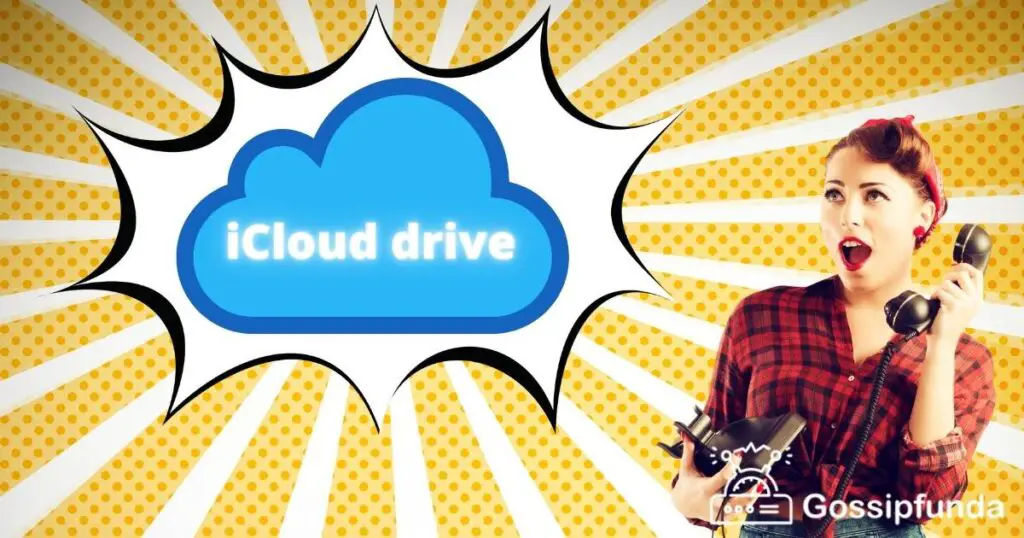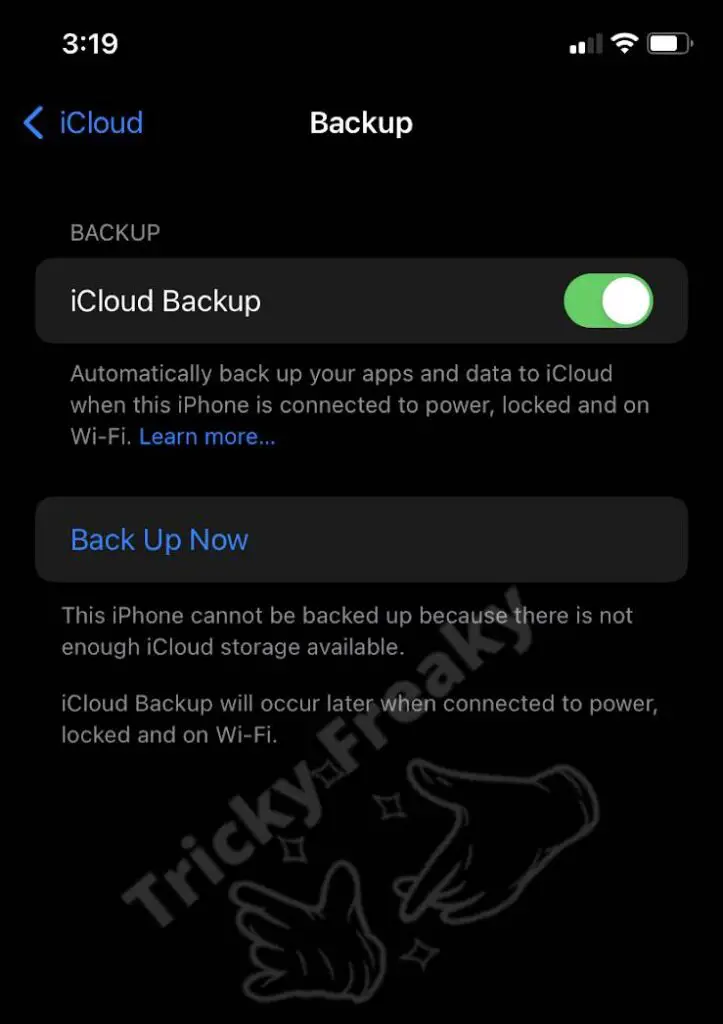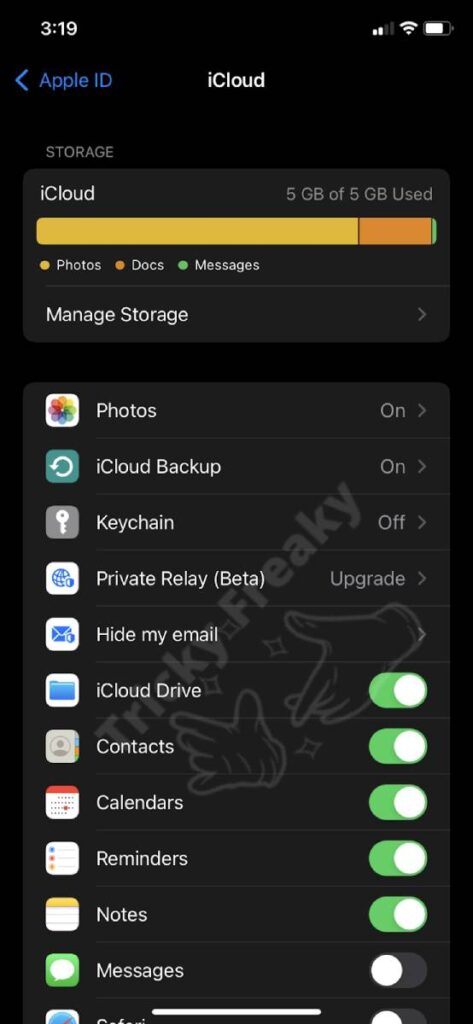Before we get into the iCloud drive, let’s have a look at iCloud. iCloud is a service that combines cloud computing and storage called iCloud. October 12, 2011, released by Apple Inc. According to estimates, 850 million people were using the service as of 2018 as compared to 782 million people in 2016.
With the help of iCloud, customers may share and send files with other users, store data including documents, images, and music on distant databases for downloading to iOS, macOS, or Windows devices, and administer their Apple devices in the event that they are lost or stolen. The ability to wirelessly backup iOS devices to iCloud is another feature offered by iCloud. This eliminates the need for manual backups using iTunes on a hosting Mac or Windows computer. If you connect your account through wireless AirDrop, you can exchange photos, music, and games instantaneously. As a data syncing hub for emails, connections, calendars, notes, documents, memos, iWork projects, images, and other data, iCloud took the place of Apple’s MobileMe service.
Eleven business and operated data centers are used by Apple to power its iCloud services. The company operates three data centers in China, two in Denmark, and six in the United States. Maiden, North Carolina, in the United States, is home to one of Apple’s early iCloud data centers. iCloud is built on Microsoft Azure and Amazon Web Services. In order to leverage Google Cloud Services for various iCloud services, Apple and Google struck a contract in 2016.
Now, we have understood what iCloud actually is. Let us get into iCloud Drive.

What is the iCloud drive?
In addition to providing online web app access through iCloud.com, iCloud Drive is the file hosting service offered by iCloud. It syncs data among phones using iOS 8, Operating System Yosemite’s (ver 10.10), or Windows 7 or later. Any type of material, up to 50 GB in size, can be stored by users in iCloud Drive and accessed on almost any device. This includes images, videos, files, music, and data from other apps which were 15GB earlier. Users are able to begin their task on one gadget and finish it on another because of this.
Additionally, it allows us to work on the very same file across several apps and create fresh files and folders using iCloud-enabled apps. Also compatible with iCloud.com is iCloud Drive. For example, you may generate, publish, download, and easily share Pages, Keynotes, and Numbers using Apple’s iCloud website. More information on how to use iCloud.com can be found on this Apple support website.
Apple regularly releases new capabilities and updates for iCloud Drives, such as the 2020 debut of iCloud Drive folder sharing. One example of the features that get introduced into iCloud Drive via software updates is the Dropbox-like ability to send a folder one time and get everyone to see the information and differences in real-time.
iCloud Storage
If a file is smaller than 50GB in size, you can keep it in iCloud Drive. You receive 5Gb of space for Mail, iCloud Drive, and Backup for free when you register for iCloud. If you have too many images on, say, an iPhone, for example, the backup portion of your plan typically causes you to surpass your limit. However, you may change the storage plan at any time using any Apple device. Simply select between a sum of 50GB, 200GB or 2TB.
The 200GB and 2TB options can also be shared with your family. Apple will charge you each month after you upgrade. The plans are as follows:
With 50GB of storage- iCloud+
- 50 GB of memory
- Private Relay on iCloud (Beta)
- One camera compatibility for HomeKit Secure Video and Hide My Email Custom
- Email Domain
- With up to five additional family members, share everything
And with 200GB of storage- iCloud+
- 200 GB of memory
- Private Relay on iCloud (Beta)
- Supports up to five cameras in HomeKit Secure Video with hiding My Email Custom
- Email Domain
- With up to five additional family members, share everything
With 2TB of storage- iCloud+
- 2TB of memory
- Private Relay on iCloud (Beta)
- Supports up to five cameras in HomeKit Secure Video with hiding My Email Custom
- Email Domain
- With up to five additional family members, share everything
How to set up iCloud Drive?
Step 1: System prerequisites
Ensure that the iOS gadget you are using is operating on iOS 13 or after and that the Mac is operating on Catalina or later before configuring iCloud Drive. For using iCloud on Windows 10, computers must be running on Windows 10. To use iCloud.com, the requirements are Safari 9.1 or any version after that on your MacBook, even though it works on almost any browser running currently on any PC. Still, if you feel like knowing a more detailed knowledge of system requirements, please visit Apple’s website.
Step 2: Activate iCloud Drive
If there are any files or documents that you have previously stored in iCloud Drive will be instantly transferred to iCloud Drive after setting it up. Mac will also store your documents within the Files app and not only in Numbers, Pages or Keynote. Be careful to turn on iCloud Drive across all of your devices because they might not be visible on another device if iCloud Drive is not turned on.
If you are using an iPhone or an iPad:
- Open settings
- You will see your name written on the top. Tap on it.
- Click iCloud
- After scrolling down, toggle on iCloud Drive
- All iCloud Drive files can be found in the Files app
If you are using a MacBook:
- Open Apple Menu and then go to System Preferences
- Click on iCloud
- Select Apple ID and login, if required
- Now, select iCloud Drive as an option
On Windows PC
Apple iCloud can be set up on Windows also. It can be done by following the given steps:
- Download iCloud (click on the Windows version) from Microsoft Store
- Select Start and go to Apps (or programs) and then click on iCloud
- Use your Apple ID credentials to log in
- Open iCloud Drive
- Click on Apply
Activating on iCloud.com
- If you do not have an account, Sign in on iCloud.com using your credentials
- Select any App that is required
- Upgrade if necessary


How to work with iCloud files offline?
If you want to use iCloud offline, you can anytime download your files on iCloud Drive locally and work even when you are not online and using the internet.
To work on a Mac
- On the side toolbar of any Finder window, select iCloud Drive.
- To access the file, open the file, and then among the given options choose Download now.
- Whenever you go online again, iCloud will update the changes which you made while working offline.
On an iPhone/ iPad
- Get the Files app open.
- Give the location of your file as input.
- To download a file, either tap it or hold it in your hand while selecting Download.
- Whenever you go online again, iCloud will update the changes which you made while working offline.
Working on iCloud.com
- Register on iCloud.com.
- Activate iCloud Drive.
- Locate and choose the file.
- Double-click the file or select Downloads at the top of the screen. The file is downloaded on your computer in the default download folder.
- Upload the modified copy of the file straight to iCloud Drive using a computer.
On Windows PC
You can bookmark a file or folder if you enabled iCloud Drive on a PC while working on iCloud for Windows and keep it saved to your device. Whenever you go online again, iCloud will update the changes which you made while working offline.
What happens to the metadata?
To secure iCloud Drive-stored documents, account-based keys have been added. According to the iCloud security overview, iCloud Drive slices and encodes file contents before storing them. The record keys that are kept well with iCloud Drive metadata, however, are wrapped around the file content keys. The service key of the iCloud Drive of the user is now kept with his iCloud account and is used to safeguard these record keys in turn. Users who have authenticated with iCloud can see the metadata for their iCloud documents, but they also need to have the service key of iCloud Drive in order to access the storage space that is protected.
If the user is retrieving data from the backed-up files, the Backup key bag, or the key of the keybag, his iCloud account is accessed during that restoration process.
Keybag of the iCloud Backup is decoded using its own key, after which the per-file keys are also used to decrypt the backup set’s files that are written to the file system as new files, re-encrypting them in accordance with the Data Protection class.
What is a keybag?
A data structure for keeping a group of class keys. This format always remains the same irrespective of its type. It can be the gadget, user, server, backup, iCloud Backup or escrow.
How do differentiate between iCloud and iCloud Drive?
Options for backup are always given by iCloud. App settings, Photographs app photos, contact, emails, notes, iMessage, Game Centre data, Safari web browser bookmark and histories, biometrics IDs, Apple Pay credentials, Email accounts, and the Drive contents will all be backed up.
Go to Settings -> Apple ID -> iCloud
Now you have complete choice as to which apps and services you choose to back up to iCloud. To Learn about how to access iCloud photos on pc– click the link.
Any other apps which you download from the App Store are also included in these backups. Everything may be easily restored to any Apple device. Your device settings, your App Store and Apple Music purchase history, as well as other products you’ve purchased, may also be included. You should always keep in mind that the authorities will keep track only of what you bought and not the actual product. Consider it to be a registrar. The software or music will need to be downloaded again after restoration, not purchased. useful if you only have a little amount of available iCloud storage because this technique uses considerably less space.
Things that you didn’t purchase through Apple will never be backed up. That includes anything that you directly transferred from a computer or ripped from CDs, such as audio, movies, podcasts, and books. Apple is unable to maintain a record of anything you never bought from them. The solution is iCloud Drive. You can upload any file to iCloud Drive, and it will save and saved it. This applies to all types of files, such as music, pictures, videos, podcasts, and documents. It only has to be uploaded to iCloud Drive to remain accessible permanently. With an iCloud app, you can browse through these items from any device that is compatible.
Depending on the device on which you’re working and the file you’re trying to access, there are many ways to access these files. For instance, the iPhone’s Photos app makes it possible to access photos. For accessing videos, there is a video app, and for everything else, you have the Files app. iCloud appears to lack a centralized app that allows users to find and retrieve all kinds of files through a single user interface. While some individuals prefer it, others don’t like the system. Many file-hosting websites, including Google Drive and OneDrive, operate in a unique way.
Similarities between iCloud Drive and iCloud?
Using both iCloud Drive and iCloud the customers can recover their data or backup their data using the respective cloud storage services. Additionally, they are both free of charge up to the 5GB of cloud storage that is allowed to all free account holders. Modern technologies are used by both of them, iCloud as well as iCloud Drive to keep your information available on the internet on Apple servers. That doesn’t mean they are impervious, as numerous celebrities learned some years ago.
Are there any differences between iCloud Drive and Google Drive?
Indeed, there are differences between iCloud Drive and Google Drive, and a few important ones are mentioned below:
Basics:
Google Drive is the company’s in-house cloud storage and synchronization service. It serves as a vault for all of your personal data on your hard drive as well as documents produced using Slides, Spreadsheet, and Google Docs. It syncs your images, documents, music, and others among all of your devices, similar to iCloud. iCloud, on the other hand, is a group of technologies that you may use to more effectively manage your mobile devices, especially Apple devices.
Accessibility:
Your photographs, music, videos, notes, contacts, and other content are all accessible through iCloud, which is pre-installed on every Apple device. But iCloud is not just confined to iOS or macOS; it is currently usable on Android devices as well, with no functionality restrictions. It is very easy to set up a new profile on iCloud.com. If you do not want to create a new profile and already have your Apple ID credentials then you can log in using them as well. Whereas, Google Drive is compatible with every major operating system, including macOS, Windows, iOS, and Android. Both of them, iCloud Drive as well as Google Drive have their respective applications that can be downloaded from Apple Store and Google PlayStore respectively.
Feasibility:
The iOS Files app interacts with iCloud to make it simple for you to organize your files and documents. You can easily access your images and movies on all of your Apple devices using the Photos app if you have the Apple (iCloud) Photo Library enabled. Google Drive offers access to your cloud-based files in a variety of formats, also with a mobile application and a free desktop program that can be installed on iOS devices. It also provides access to unlimited web-based programs for writing text, producing spreadsheets, and other things.
My self Jean Acker, an SEO specialist. MS from the reputed college MIT. I am an innovative person, as well as have a sound interface with tech. Honestly, I easily supervise my meditations as well as my experimentation with Android and iOS.


